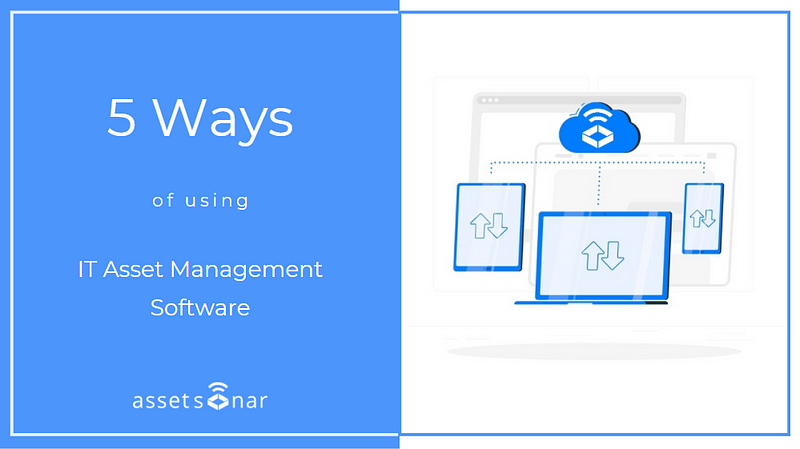Information Technology drives innovation across organizations and plays a vital role in meeting the business targets of modern companies. These companies invest in a range of IT assets, from laptops and software applications used to carry out vital business tasks to servers and data centers that store critical business data.
Today, IT infrastructure is deeply interwoven in business tasks and it’s only growing. This can be witnessed from the rapid growth of the IT asset management market over the past years. It is expected to reach US$ 2.09 billion by 2025 with a CAGR of 11.4% over the period 2020–2025.
This increasing need for interconnected IT infrastructure makes it necessary for companies to have a dedicated IT asset management strategy.
What is IT asset management?
IT asset management is a set of business practices aimed at maximizing the value of IT equipment within an organization. Apply these practices to manage your IT assets’ inventory, contractual, and financial data and track their utility across their lifecycle. Keep a centralized log of your operation technologies and manage them from a single space.
The role of IT asset management is to help businesses achieve the highest return on their IT investments. It enables businesses to make better, more informed decisions about managing their IT resources.
IT asset management typically encompasses two kinds of IT assets:
- Hardware: The physical computing equipment e.g. desktop computers, laptops, keyboards, printers, and other support devices
- Software: Program applications owned or licensed by a company
Various IT-intensive industries practice IT asset management including the following:
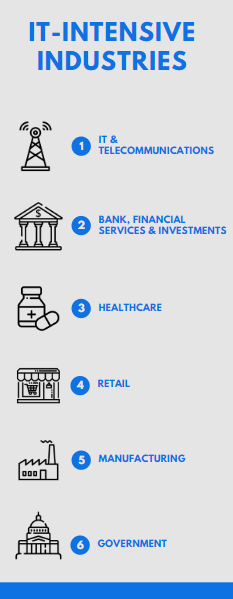
Why does your business need an IT asset management system?
Growing corporations manage a complex inventory of hardware, software, and various IT assets. If you are tracking these manually, you risk the following:
- Spending considerable time and administrative effort in tracking assets
- Unnecessary software subscriptions and idle IT assets translating into exorbitant costs
- Lack of centralized activity logs that create chaotic workflows and hinder collaboration
- Limited visibility into IT frameworks, making it hard to monitor use and compliance
- Non-compliance with license requirements leading to hefty penalties and true-up costs, and a smeared company reputation
- Insufficient data resulting in uninformed decision making that negatively impacts your profits
- Vulnerabilities in the IT domain leading to dangerous security breaches
You can avoid these pitfalls and give your business a competitive advantage by investing in dedicated IT asset management software.
How can you optimize an IT asset management system for your business?
Here are some actionable ways you can make the best use of your IT asset tracking software:
1. Streamline your hardware asset management
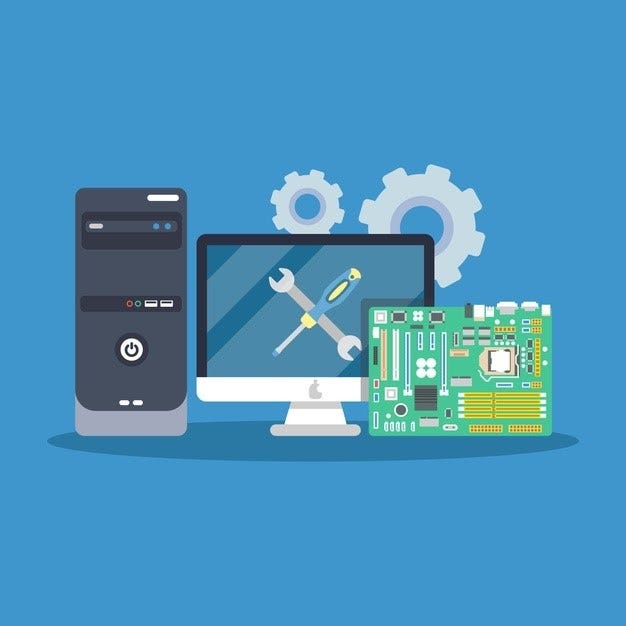
Organizations with robust IT infrastructure own a lot of computer hardware. To ensure their hardware is well-maintained, businesses should know the availability, use, custody, location, and health of their hardware assets across their lifecycle. It is also crucial to know when a hardware asset is obsolete and needs disposal.
An IT asset management system streamlines all facets of your hardware asset management so you can better manage your infrastructure and reduce your overhead.
It enables you to:
- Tag and manage your entire IT asset lifecycle, from procurement to retirement
- Detect the IT devices used within your organization with the agent-based discovery
- Track devices across various locations
- Populate IT asset specifications in the system and cross-reference to them, when needed
- Track depreciation for timely IT asset disposition (ITAD)
- Carry out scan-based audits to help improve transparency and accountability
2. Ensure software license compliance
IT-reliant organizations use multiple software applications and must protect themselves in case of a software audit.
Without complete visibility into IT infrastructure, organizations can be unaware of their violations. If they do not regularly track licenses, monitor software use, or curb illegal software downloads, they may have to pay hefty fines and face workflow disruption.
With IT asset management software, you can mitigate non-compliance risks, avoid penalties, and reduce spending on software.
It helps you:
- Keep a centralized database of your on-premise and cloud software applications and their respective licenses.
- Reconcile your software and license data with manual or auto syncs.
- Detect all instances of unlicensed or blacklisted software on your network.
- Manage license payments and track costs related to upgrades and downgrades.
- Receive automated alerts for upcoming license expiries, renewals, and payments.
- Identify and optimize under- and over-utilized licenses on your network.
- Run detailed license reports for all your software instances to detect any gaps in your licensing framework.
An IT asset management system ensures that you get the most value out of the licenses you’re paying for.
3. Enhance your IT service management processes
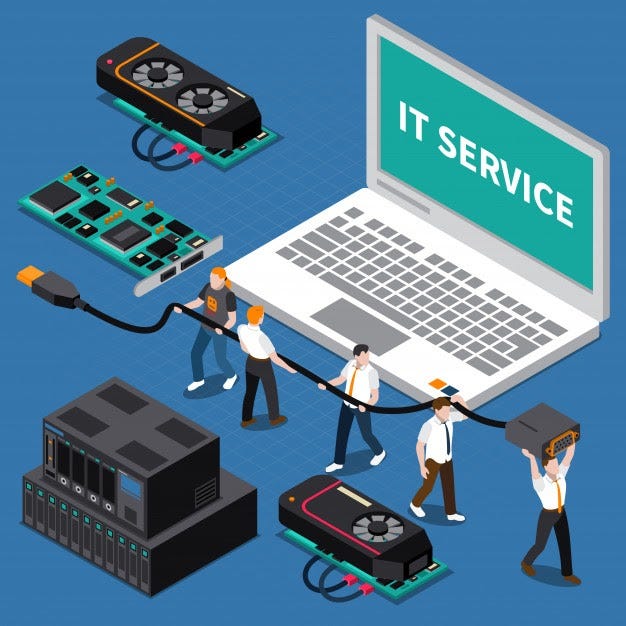
According to Gartner, IT downtime costs business organizations $5,600 to $9,000 per minute. A robust IT asset management solution offers comprehensive and automated incident management to help address IT issues of businesses before their impact reaches end-users.
While servicing your IT assets, cross-referencing them to issues can be a grueling task. You can make this easier by bringing your IT assets and issues to a single platform. IT asset management software helps accomplish this. It enhances your IT service management workflows.
Most IT asset management systems integrate with service desks like Zendesk and Jira so you can access your service requests and items from a single platform. This helps speed up ticket processing and increases efficiency. You can increase equipment uptime by flagging assets for maintenance as soon as they’re checked in and schedule automated maintenance to improve the reliability of IT assets.
An IT asset management system offers you complete visibility into your IT service landscape, offers faster issue resolution, and eliminates bottlenecks for your IT teams.
4. Automate your inventory management
Many companies track their IT purchases and manage their IT inventory through separate systems. This means that the people managing IT assets do not have access to service-level agreements and contracts. They may not be able to plan future procurement or check when contracts need renewal.
An IT asset management solution provides a comprehensive view of your hardware and software needs through its integration with a procurement module. It helps with strategic purchase planning and budget allocation. You can send requisitions for new IT equipment as soon as the older one nears disposition.
With the inventory management module of IT asset management tool, you can:
- Track your IT inventory and manage stock quantities across locations and departments.
- Keep tabs on purchase orders, vendors and procurement costs from a single space.
- See who’s checking items in and out for increased accountability.
- Map out the availability of IT assets to eliminate overbooking and stockouts.
- Reserve IT assets well in advance for streamlined future checkouts.
- Nest locations to hunt assets down to a cubicle.
5. Make proactive, data-driven decisions
Let’s say, you purchased five licenses for an application but installed it seven times. Now you are vulnerable to facing penalties. Or, you purchased ten licenses but are only using four. Here you have paid extra for licenses that were not used by the intended number of employees.
Things can get even more complicated if you’ve deployed hundreds of different software applications in your organization, but don’t know when to renew licenses, upgrade versions, or uninstall dormant software. You can use an IT asset management system to monitor software use and analyze relevant data to help you make proactive, data-driven decisions regarding your IT investment.
A comprehensive ITAM tool enables you to:
- Generate reports on hardware and software use for detailed insights on IT asset management workflows.
- Schedule custom reports and alerts to be sent to employees when updates or renewals are needed.
- Customize data dashboards to display relevant ITAM metrics.
With adequate ITAM analysis, you can keep up with software updates and compliance standards, lower costs, avoid fines, and make timely decisions.
KPIs to determine the success of your IT asset management strategy
Any business strategy calls for relevant KPIs to measure its success. Here are some key metrics you can monitor to gauge how well-grounded your IT asset management strategy is:
- Percentage of IT assets in your IT asset database
- Percentage of IT assets with valid licenses and maintenance contracts
- The average age of hardware
- Percentage of software vendors covered by current ITAM reporting
- Percentage of assets detected by your ITAM agent
What does an ideal IT asset management system look like?
Most IT asset management solutions offer advanced ITAM and ITSM workflows. Ideally, the solution also needs to protect your company’s vital IT information from security breaches.
A comprehensive IT asset management solution is, therefore, one that offers strict data security measures and enables you to define access control permissions across your teams.
Some other features to look for in an ideal ITAM solution include:
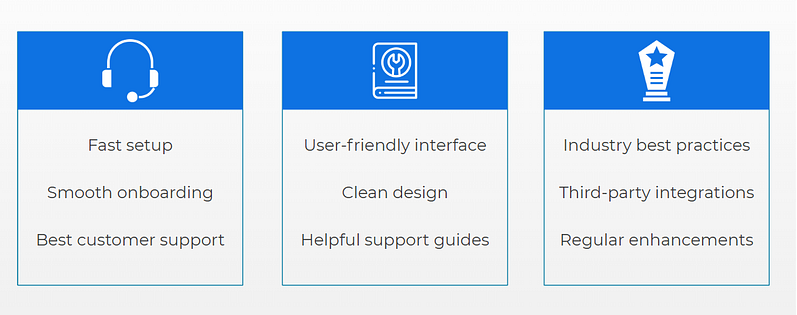
Since most business enterprises have operations spanning across various offices and sites, the ITAM solution must integrate with mobile devices to access data from anywhere, at any time.
Enter AssetSonar!
AssetSonar is the leading IT Asset Management software used by IT-intensive organizations and businesses all over the globe. It offers an end-to-end mobile application so you always have your IT data at your fingertips.
For more assistance, drop us an email at support@ezo.io.


